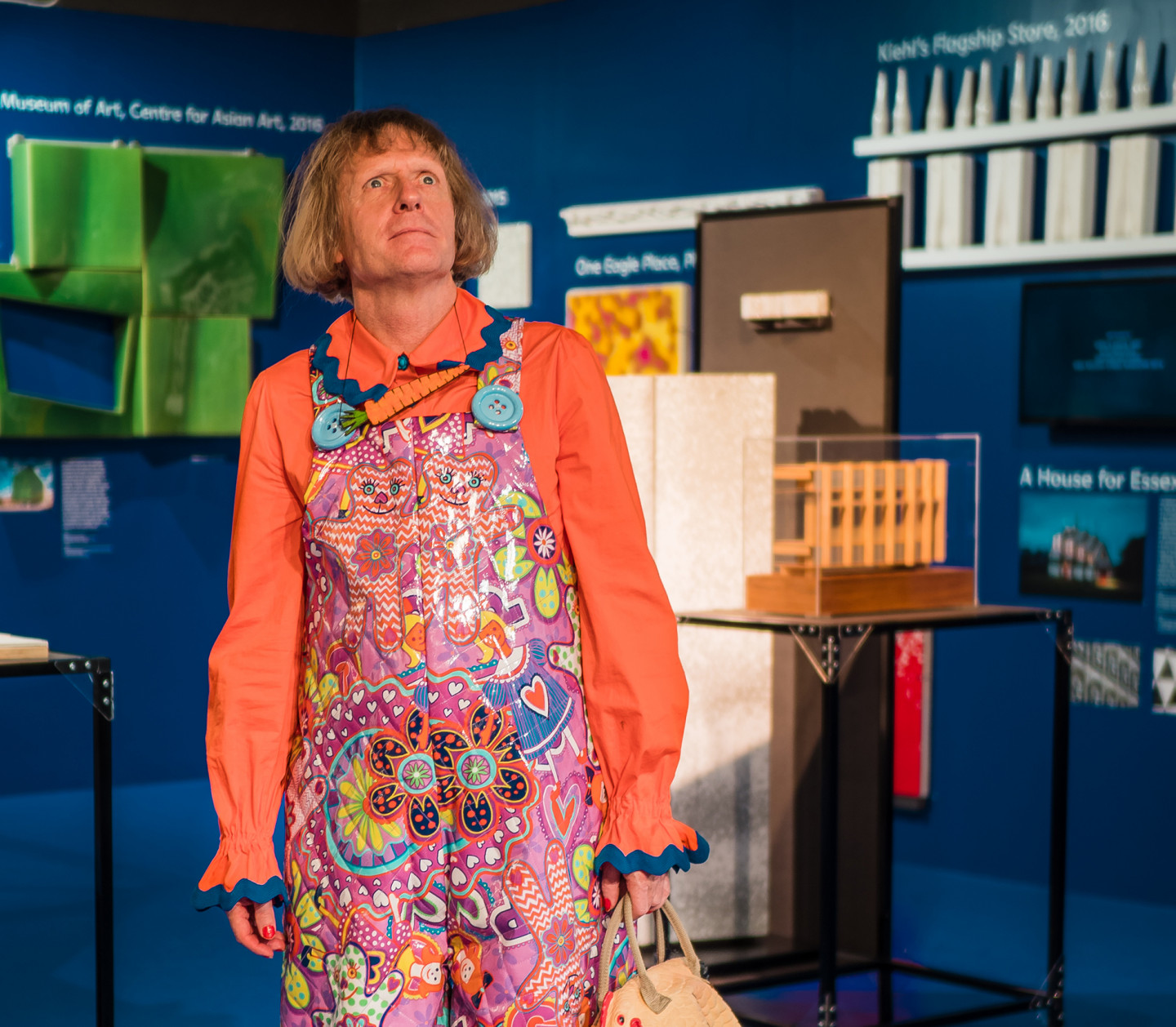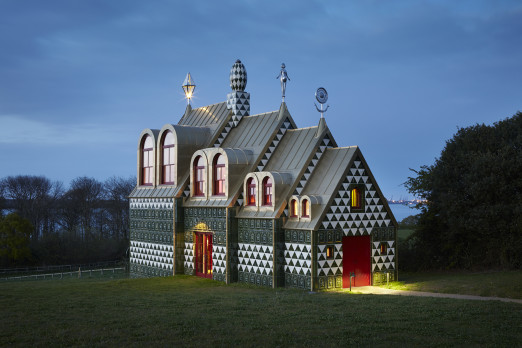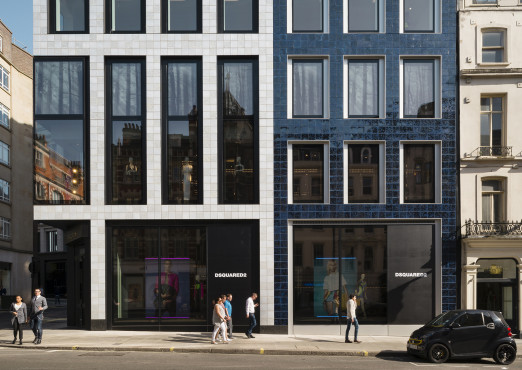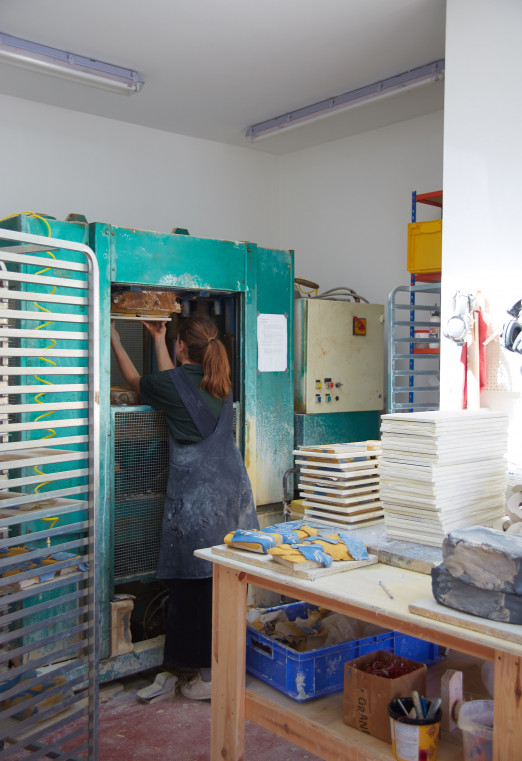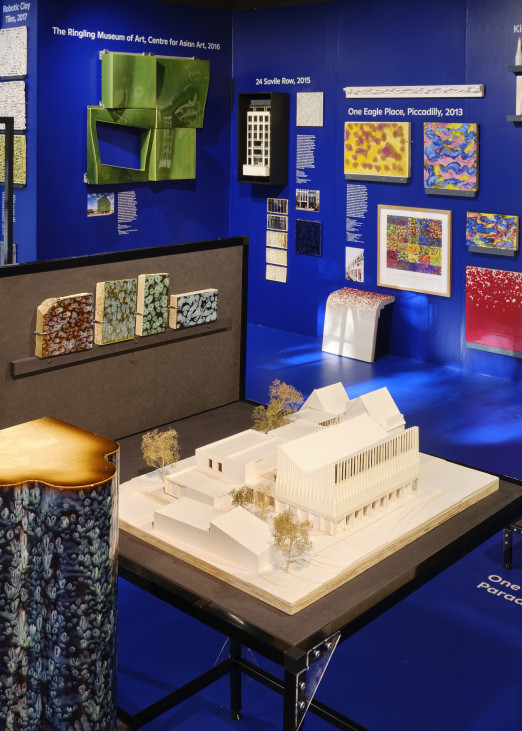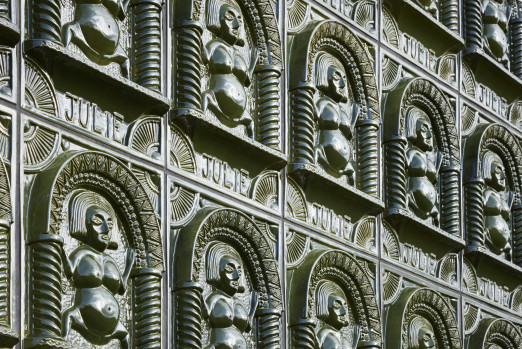Architect Charles Holland and Artist Grayson Perry share the story and the inspirations behind one of the industry's most celebrated projects – A House for Essex.
Video by Chris Jackson
GP: 'When Alain de Botton, in I think about 2005, asked me whether I had ever thought about designing a church I said "Yes!" because I had done doodles and I’d even started making models. So, I did have the idea and he encouraged me in this and we tried to push it forward. But then he just emailed me out of the blue one day and said "Living Architecture could do it as a house" and I thought "Job done. Yeah, great." That was amazing, that was a really seminal moment.'
CH: 'It started, really, with a slightly awkward meeting when Alain brought Grayson to the FAT studio, rather sort of like a play date, and said "This is Grayson, you might get on" and then left to buy some sandwiches. And we sat there and we looked at each other for a while. And then my memory is I got a book called The Wooden Architecture of Russia off the FAT book shelf and offered that as a sort of starting point. But Grayson already had a lot of thoughts and it was really about how they could be combined with, I guess, a sort of contemporary architecture. Looking back it seems really obvious that the building would be made of ceramics given that Grayson’s a potter.'
GP: 'It could have been anything. We went through you know, wood, pargeting, you know, and all various hodge-podges of different archaic techniques. But ceramics was kind of obvious. I was almost steering clear of it because it seemed too obvious. But then the moment that kind of changed that was when Charles sent me a picture of a kind of a Medieval stove. Or not Medieval maybe it was like 16th century or something, German. You know those stoves they had in Northern Europe where you sit on them and they are very elaborate. And I thought "Ok I’ve got that, yeah, that could work." And then I did a few doodles and then like, that was it. It all came together, it all clicked.'
CH: 'We worked with Shaws of Darwen, they are now Darwen Terracotta, and that was amazing working out; how much detail that you could get into the final one, how the glazing would work, how much it would run, how thick it would be, how the colour would work over the whole building. So it was really a fascinating process.
We designed the tiles initially in a sort of compositional sense, so without specific content to each tile but more a sense of how the pattern would work and later would form the building. And then Grayson developed each individual tile himself and we developed the sort of tectonic of how they would all fit together.
Strangely having a fictional dead women client is quite liberating. It is also quite interesting the context of the Living Architecture houses because generally they don’t have a client because they are for people to stay in. So we had a person that we could always refer to in a way, when we were trying to choose bits of the house and the furniture and colour scheme and in a way we were sort of, by the end I suppose, channelling her character.'
'Hand Held to Super Scale: Building with Ceramics’ is an exhibition and associated public programme curated by the Building Centre exhibitions team and Fettle Studio. Supported by the Built Environment Trust.
#HandHeldToSuperScale
We would like to thank our headline sponsor Boston Valley Terra Cotta and our exhibition supporters Arup, Darwen Terracotta, NBK Terracotta and Szerelmey.
